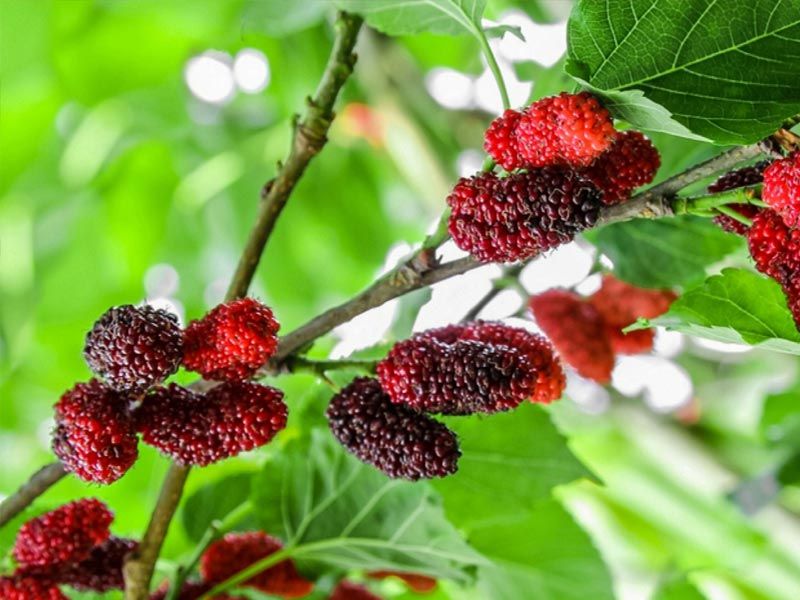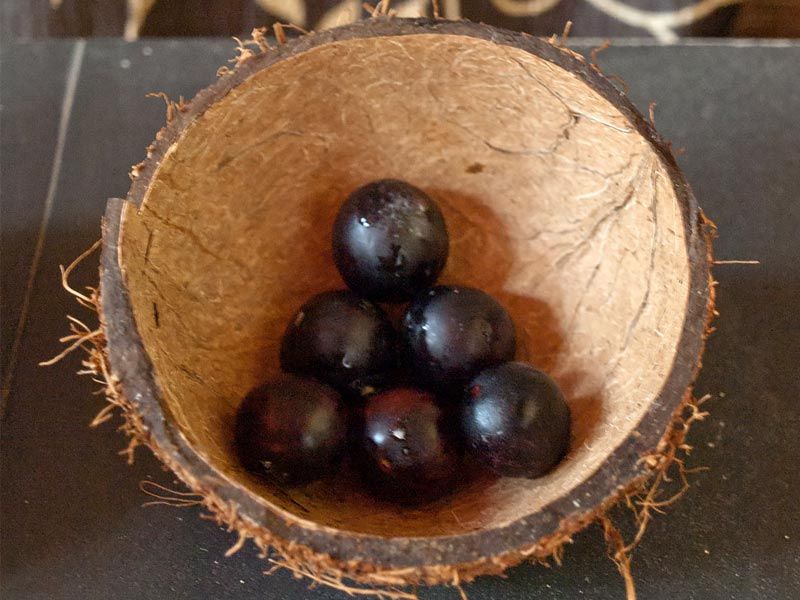The fact that berries have become known as an amazing superfood in recent years is no secret to any of us. Because of their high levels of antioxidants, berries have been shown in numerous scientific studies to be incredibly healthy and should be included in your daily diet.
These berries are beneficial to your heart, brain, and even skin because they contain antioxidants and polyphenols, which also give them their deep purple or crimson colour. Not only that, but these vibrant, sugary superfruits make a great addition to your evening salad or breakfast bowl. The supermarket fruit aisle has a number of imported berry varieties, such as the blueberries, goji berries, and cranberries that are popular with everyone.
Mulberry

Shahtoot, or succulent, tart, sweet, and refreshing mulberries, are a seasonal delight. The fruits of Morus Alba trees, which thrive in warmer climates, are called mulberries. Karnataka is the state that grows the berry the most. Mulberries are an ancient fruit with a long history of use as medicine, including as a tonic for the entire body, according to the DK Publishing book Healing Foods. They have sedative properties and guard against eye damage.” A nutrient powerhouse, mulberries are an excellent source of fibre, protein, iron, calcium, niacin, and vitamins A, C, E, and K. Because they enhance blood circulation, mulberries are referred to as blood cleansers.
Grape

Did you know that berries also include grapes? Maharashtra is the most popular grape-growing region in India. In our nation, grapes are grown in more than 20 varieties, with the Thompson seedless variety being the most widely consumed. Fibre, vitamins B1, B2, B6, K, and potassium are all abundant in grapes. Due to the laxative qualities of their sugar, organic acid, and polyose content, grapes can help relieve constipation.
Amla

The berry known as gooseberry, or amla, has a tart flavour. Amla is found in the subtropical region of India. It is a great source of antioxidants and vitamin C. This transparent green berry has several health advantages. Because of its high vitamin C content, it aids in the fight against infections and the common cold, and its antibacterial and astringent qualities support the body’s immune system. Amla has a lot of fibre, which helps food pass through and gives the stool more volume. This keeps your bowel movements regular and your stomach clean.
Cape Gooseberry

Because they can grow in a variety of climates and altitudes, cape gooseberries are among the simplest berries to cultivate. These golden orange berries have a smooth, glossy skin and a sour, occasionally bitter taste. Due to their high vitamin A content, cape berries help to strengthen and protect the eyes. They contain soluble pectin fibre, which reduces bad cholesterol and helps ward off constipation.
Also read: 5 Ways to Add Healthy Seeds to Your Diet
Kanta berry

This unusual berry, also called a kanntam, is native to the Konkan region. The skin of the kanta berry, a tiny purple fruit, is sticky and covered in white material. “It is typically consumed uncooked as a fruit and comes in a yellow hue as well. Health Expert Shilpa Arora says, “It tastes strong, a lot like amla.


























